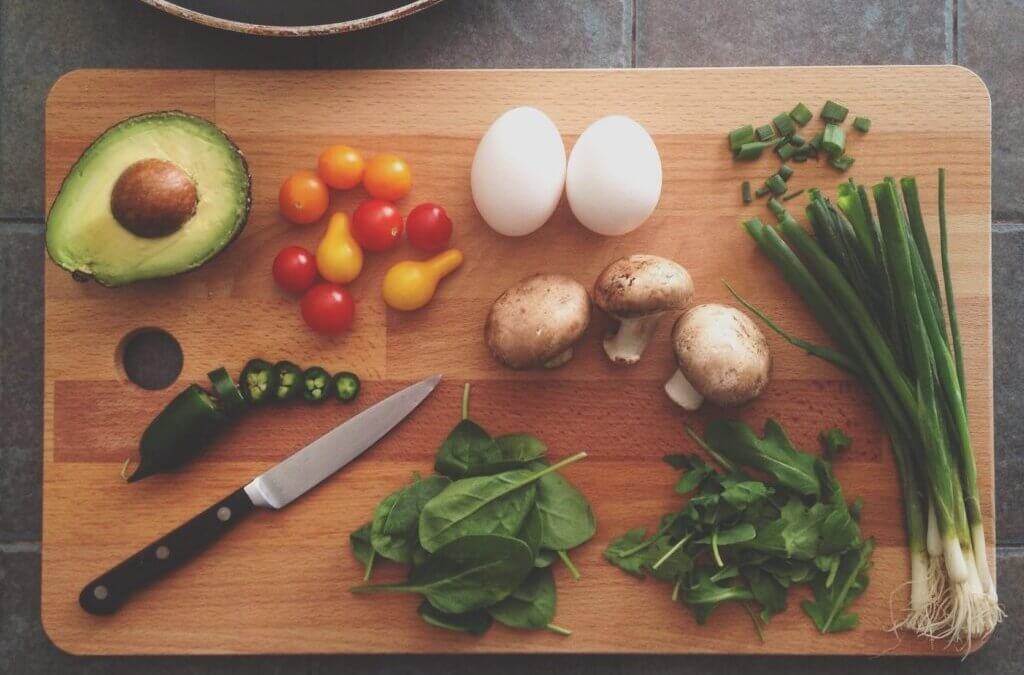Inflammation is often invisible. Of course if you sprain your ankle, it will swell up, but oftentimes inflammation can’t be seen externally. The process is complex, occurring inside the body and involving many different types of molecules, from blood cells to immune cells to special structures that exist solely to promote inflammation. A little bit of inflammation can be a good thing; our bodies use it to protect against infection and fight off foreign substances. But it becomes a problem when inflammation persists in the body at chronically low levels.
What does inflammation feel like? That is a tricky question – sometimes it can be felt, and sometimes it can’t. Acute inflammation, such as a sprained ankle, tends to be accompanied by pain and swelling, making it easy to spot and treat. Chronic inflammation, on the other hand, may be present in your body without your knowledge.
Causes Chronic Inflammation?
In many cases, an inflammatory lifestyle is the culprit. Lack of exercise, not enough sleep, high stress, and inflammatory foods can all contribute to chronic inflammation. Consuming foods you are sensitive to [see our previous food sensitivity blog] can also cause inflammation. Luckily, all of these things can be changed with a bit of effort. We are going to focus on the relationship between diet and inflammation.
A diet high in processed foods is likely to promote inflammation. Refined carbohydrates and added sugars cause a spike in blood sugar, which can lead to inflammation. High intake of processed meats has been associated with chronic diseases such as cardiovascular disease and cancer, both of which include inflammation as a component. Trans-fats, found in processed foods like cookies, crackers, and margarine, as well as omega-6 fatty acids, found in canola oil and corn oil, can promote inflammation as well.
How to Follow an Anti-inflammatory Diet
Consuming an anti-inflammatory diet can be tremendously helpful for – you guessed it – reducing inflammation. To protect yourself from chronic disease and inflammation, try emphasizing these foods in your diet:
High-fiber foods: As opposed to highly refined grains (like white flour, white rice, and white bread), whole grains and legumes contain lots of fiber, which prevents spikes in blood sugar. Oats, whole wheat, farro, lentils, chickpeas, beans, sweet potatoes, and carrots are just a few of the high-fiber options available. In addition to keeping your blood sugar steady, fiber helps maintain a healthy gut microbiome, which may also help reduce inflammation.
Lots of colorful fruit and vegetables: Aim for 7-10 total servings per day, and make sure to eat a variety of different types. Fruits and veggies contain phytonutrients and bioactive compounds, which are naturally occurring plant compounds that provide antioxidants and help decrease inflammation. Be sure to include cruciferous vegetables (such as broccoli, cauliflower, radishes and cabbage, and Brussels sprouts), dark leafy greens, tomatoes, berries, and citrus fruits, as these foods have plenty of research to support their benefits.
Healthy fats: Foods high in omega-3 fatty acids can help reduce inflammation. These include cold water fatty fish like salmon, mackerel, and sardines, as well as nuts and seeds including flaxseed, chia seeds, hemp seeds, almonds, and walnuts. Nuts and seeds contain both healthy fats and inflammation-fighting phytonutrients. Extra virgin olive oil also contains healthy fats, and can be used for cooking or in salad dressings for added anti-inflammatory benefits.
Herbs, spices, and teas: Like fruits and vegetables, these contain anti-inflammatory phytonutrients. Herbs and spices should be used generously in cooking; the ones with the biggest anti-inflammatory effects include turmeric, ginger, cinnamon, garlic, basil, cumin, paprika, thyme, rosemary, and chili peppers. Teas including herbal, black, white, and green can all help fight inflammation as well.
Avoid sensitivities: Food sensitivities are very common and can be a major culprit for causing inflammation. If you suspect that you may be sensitive to a food or group of foods, doing an elimination diet can be helpful to figure out which foods cause a reaction. Avoiding these foods can calm any lingering inflammation and allow your gut to heal. Make sure to see a nutritionist before beginning any type of elimination diet to ensure that you are doing it safely and properly rather than overly restricting nutrition intake.
Overall, a whole foods, plant-based diet is best for reducing inflammation. To start navigating an anti-inflammatory lifestyle, reach out to our nutritionists – they are ready and willing to help you get started on your path to less inflammation.
-Written by Sara Kushner, MSN-DPD student at Bastyr University and Metabolic Reset Intern

